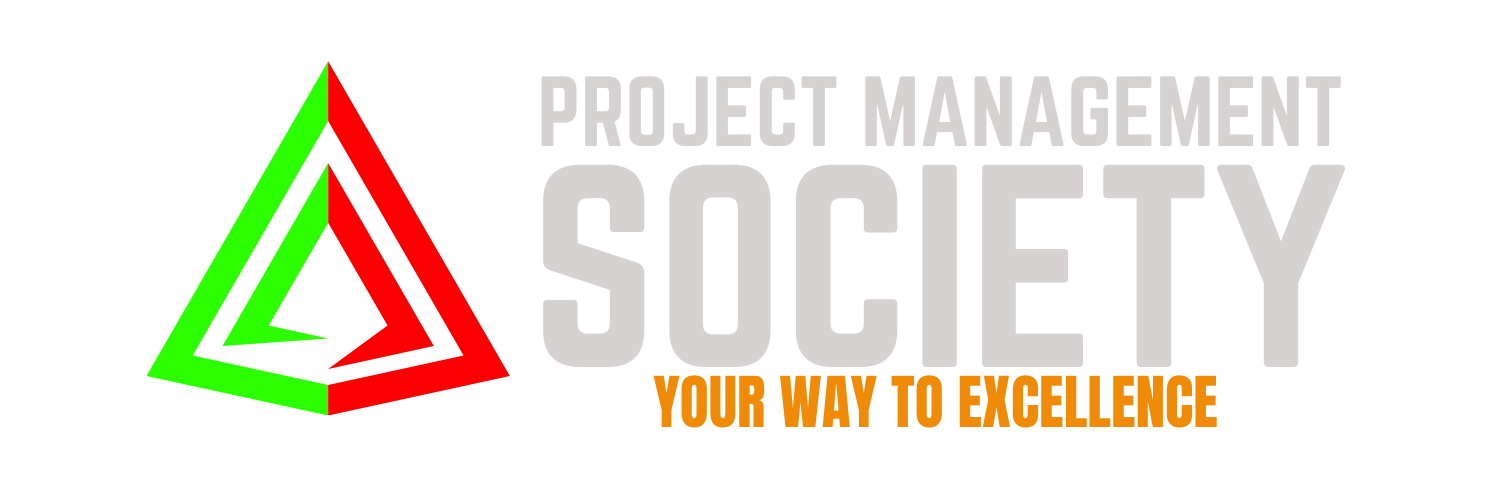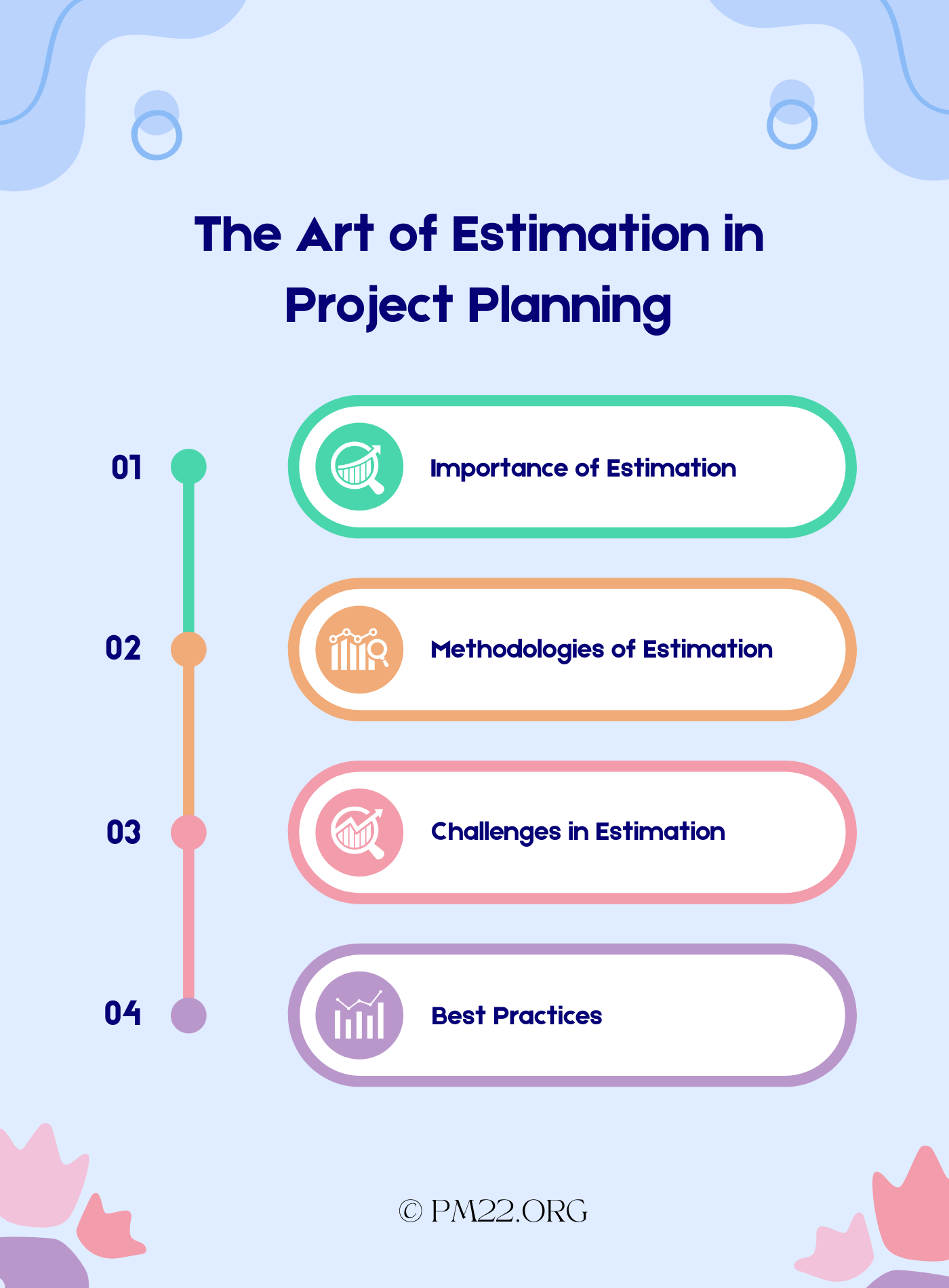 In the realm of project management, estimation is an indispensable skill that serves as the foundation for effective planning and execution. It is both an art and a science, requiring a blend of analytical techniques and intuitive insights. Accurate estimation ensures that projects are completed on time, within budget, and to the satisfaction of stakeholders. This article delves into the nuances of the art of estimation in project planning, exploring its importance, methodologies, challenges, and best practices.
In the realm of project management, estimation is an indispensable skill that serves as the foundation for effective planning and execution. It is both an art and a science, requiring a blend of analytical techniques and intuitive insights. Accurate estimation ensures that projects are completed on time, within budget, and to the satisfaction of stakeholders. This article delves into the nuances of the art of estimation in project planning, exploring its importance, methodologies, challenges, and best practices.
Importance of Estimation
Estimation is crucial in project planning because it provides a realistic forecast of the resources, time, and budget needed to complete a project. Without accurate estimates, projects are susceptible to scope creep, cost overruns, and missed deadlines. Estimation helps in setting realistic expectations, allocating resources efficiently, and identifying potential risks early in the project lifecycle. It serves as a communication tool that aligns the project team and stakeholders on what is achievable within the given constraints.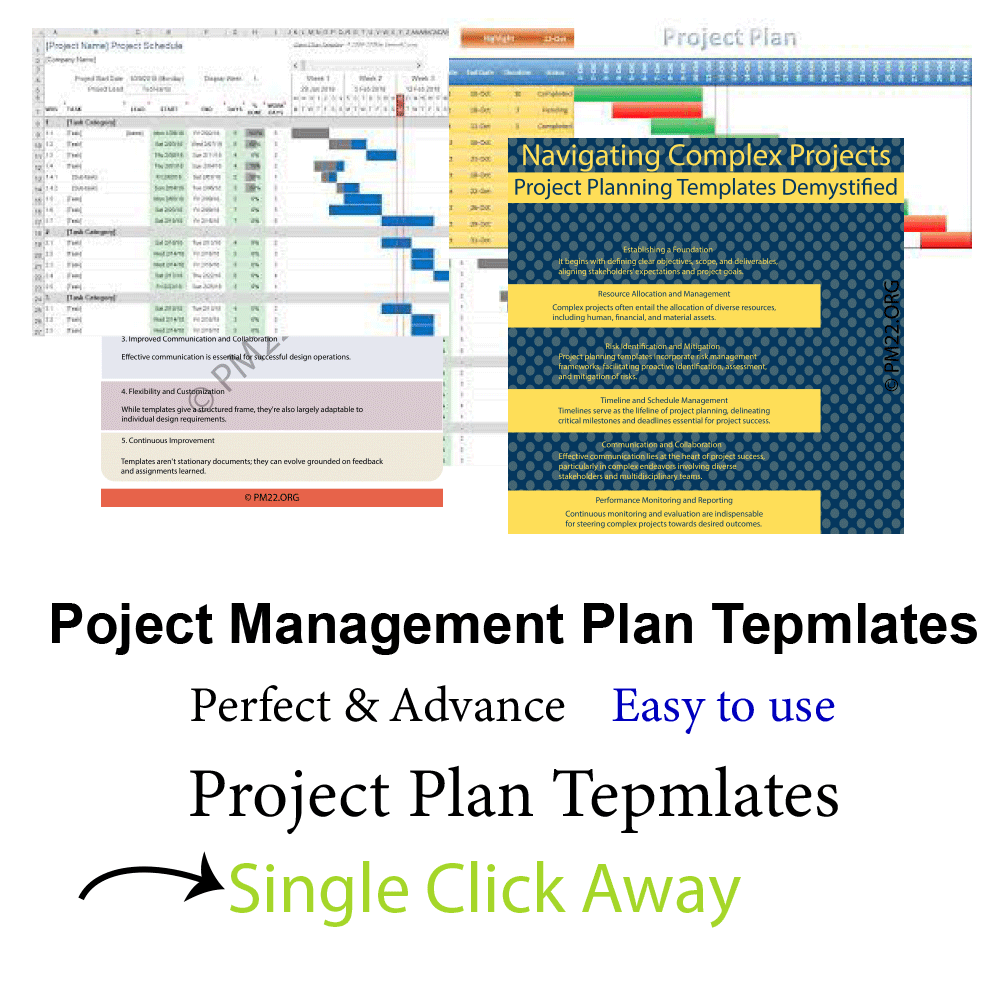
Methodologies of Estimation
There are several methodologies for estimation, each with its strengths and appropriate contexts.
- Expert Judgment: This approach relies on the experience and intuition of seasoned professionals. It is particularly useful for projects with a high degree of uncertainty or innovation. Experts draw from their past experiences to provide educated guesses on the effort and resources required.
- Analogous Estimation: This method involves comparing the current project with similar past projects. By analyzing historical data, project managers can derive estimates based on similarities in scope, complexity, and duration. While not always precise, it provides a quick and rough estimate that can be refined later.
CLICK HERE TO DOWNLOAD 300+ PROJECT MANAGEMENT TEMPLATES & DOCUMENTS IN EXCEL
- Parametric Estimation: This technique uses mathematical models to predict project costs and durations. By identifying key variables (e.g., lines of code in software development or square footage in construction), parametric estimation applies statistical relationships to generate more precise estimates.
- Bottom-Up Estimation: This granular approach involves breaking down the project into smaller tasks and estimating the effort and cost for each one. These estimates are then aggregated to form the overall project estimate. This method is time-consuming but tends to be highly accurate.
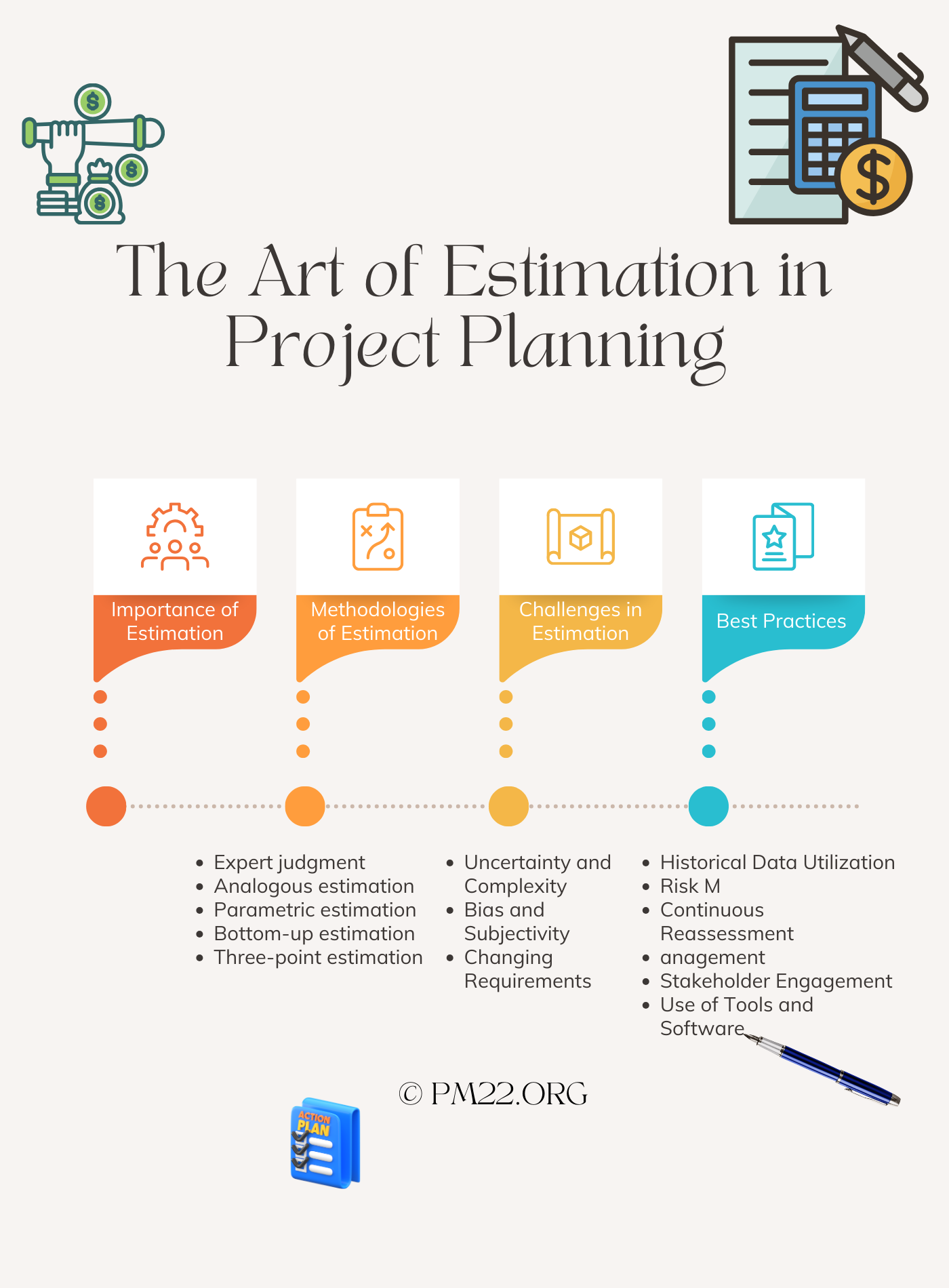
- Three-Point Estimation: This technique considers uncertainty by using three estimates: the optimistic (best-case scenario), the pessimistic (worst-case scenario), and the most likely. The final estimate is a weighted average of these three values, providing a balanced view that accounts for risk.
Challenges in Estimation
Despite the availability of various methodologies, estimation remains challenging due to several factors:
- Uncertainty and Complexity: Projects, especially those involving innovation or new technologies, often have many unknowns that can affect the accuracy of estimates.
- Bias and Subjectivity: Human judgment is inherently biased. Optimism bias can lead to underestimating the time and cost required, while pessimism can result in overestimation.
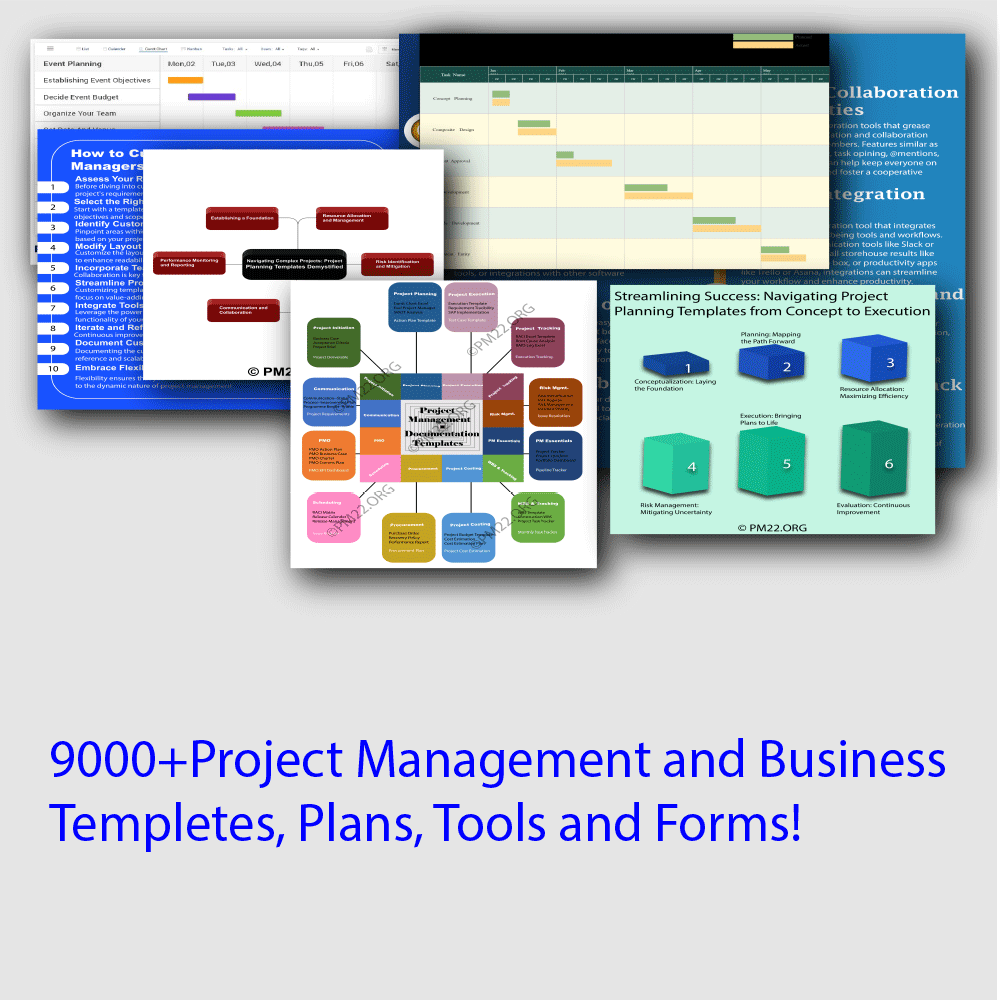
- Changing Requirements: As projects progress, requirements can evolve, making initial estimates obsolete.
Best Practices
To master the art of estimation, project managers should adopt the following best practices:
- Historical Data Utilization: Leverage past project data to inform estimates. This historical insight can help identify patterns and improve accuracy.
- Continuous Reassessment: Regularly revisit and update estimates as more information becomes available or as project conditions change.
- Risk Management: Incorporate risk assessments into the estimation process to account for potential uncertainties and their impact on the project.
CLICK HERE TO DOWNLOAD 300+ PROJECT MANAGEMENT TEMPLATES & DOCUMENTS IN EXCEL
- Stakeholder Engagement: Involve all relevant stakeholders in the estimation process to gain diverse perspectives and foster a shared understanding of project objectives and constraints.
- Use of Tools and Software: Employ estimation tools and software to enhance precision and streamline the process.
Conclusion
The art of estimation in project planning is a vital skill that combines experience, analytical techniques, and continuous learning. By understanding and applying various estimation methodologies, recognizing challenges, and adhering to best practices, project managers can significantly improve their ability to deliver successful projects. Accurate estimation not only enhances project outcomes but also builds trust and credibility with stakeholders, laying the groundwork for future success.
